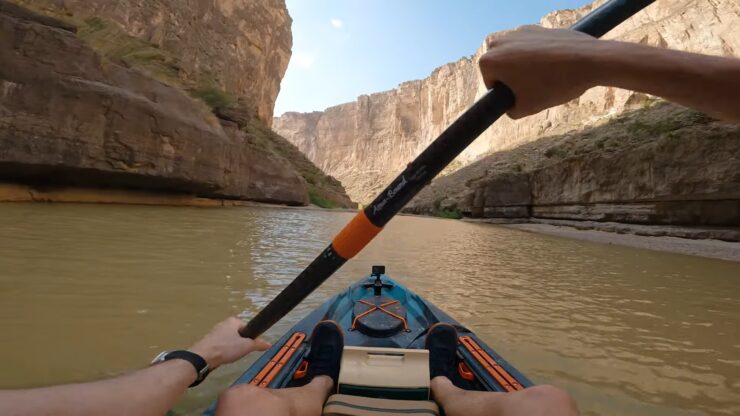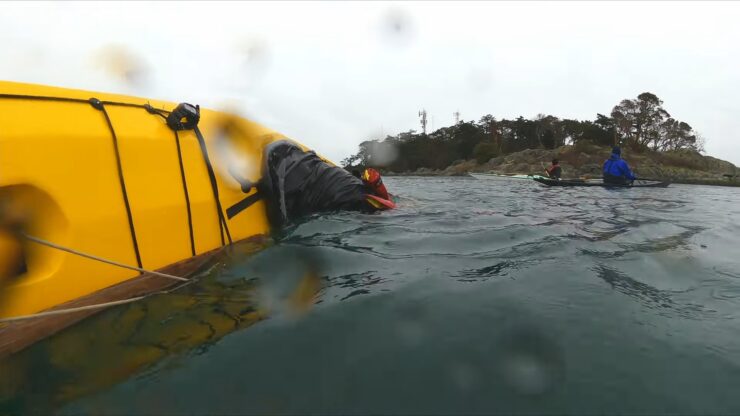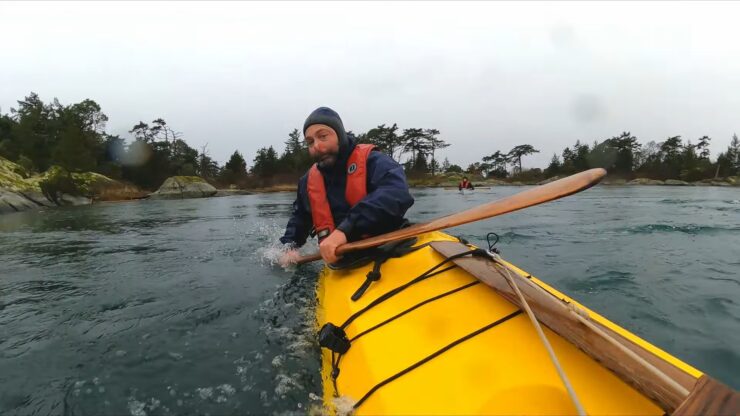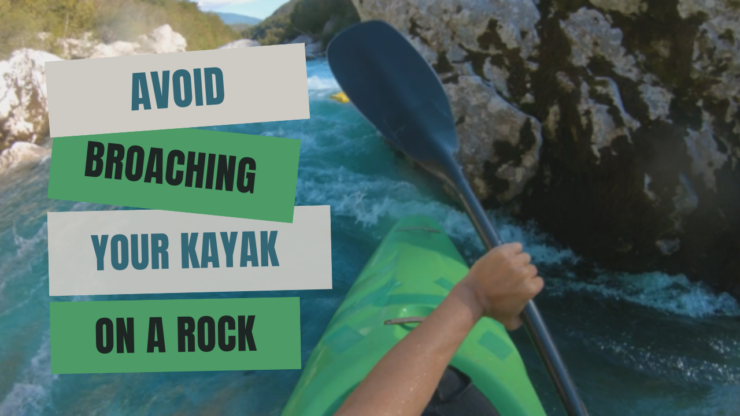Waterbound activities are fun and there is no question about it. Everyone enjoys spending time in the water and there is a plethora of things that can be done once you dip in.
From relaxing swimming and various watersports to just jumping in from great heights or diving, it is a whole other world in there. Of course, you can also take out a boat of any kind and spend time exploring the river, lake, or ocean coastline.
When it comes to small, single-person vessels, right now the most popular option is the kayak. Known to humans for thousands of years, these small boats were used in many different environments to traverse treacherous waters but also to fish and just enjoy the great outdoors. In the modern age, kayaks are used for the exact same purposes, mostly for fishing and recreation.
If you are a fan of water activities and want to take things a step further, getting a kayak is the best choice possible. However, before you do that, you need to know some of the basics in order to stay safe out there.
It is easy to purchase a kayak and take it out to the water, but maneuvering it and steering it properly takes practice and knowledge. The safety of you and your equipment is crucial and in this article, we teach you how to protect it. More precisely, we give you the deets on how to avoid broaching your kayak on a rock.
Table of Contents
ToggleWhat are Kayaks Made Of?
Most modern kayaks, whether they are meant for fishing or recreation, or even some other outdoor activity, is made of a very sturdy plastic compound material. It is called polyethylene and it is widely used whenever there is a need for resilient plastic.
The same material is used for body parts of automobiles and other vehicles, food storage containers, and even for traffic cones. What all of these items have in common is very clear: they need to survive harsh conditions, a lot of wear and tear, and to protect other things by being there to absorb the force of impact/
Polyethylene kayaks are also called rotomolded polyethylene kayaks and they have been around for over 50 years. Their hulls are made entirely out of this composite plastic using different molds. This means they are a single piece of cooled, sturdy, durable plastic and as such do not fall apart easily, if at all.
It is a low-cost effort to manufacture them like this too so it is a win-win situation. Polyethylene kayaks are heavy and they do not handle sun damage well, but they are the most inexpensive, versatile, and impact-resistant choice.
Other plastic composites are also widely available as kayak materials, mainly carbon fiber, aramid fiber, and fiberglass. These are more expensive but lightweight. However, they crack and puncture more easily, especially with direct hits, but these damages are repairable.
Wooden kayaks are the most expensive, very light, unique, and satisfying. However, they are not made for heavy-duty use like the rest of them.
They Can Handle Abuse

As mentioned, the most widely spread kayaks today are rotomolded polyethylene kayaks simply because they can take the most amount of wear and tear. Rocky and shallow rivers and streams, cobble beach launches, sandy beach dragging, you name it. They can take it and will never get damaged enough to no longer float.
The same goes for transportation and storage. Either on the rooftop or in a trailer, it is easy to transport this type of vessel because you do not have to worry about scratches and bumps. They absorb them well and those daily impacts and hits mean nothing to the hull.
All you really need to know is that most whitewater, fishing, and recreational kayaks seriously exploit the amazing durability and exceptional sturdiness of this plastic.
Avoiding Broaching

You may be wondering why you need to know all of this to avoid a rock broach in a kayak. Well, you need to be familiar with what your vessel can survive in order to remain calm. Also, you should know what could happen if you fail to react on time and end up perched on a rock while you paddle.
To broach means to have the water current slam you and your kayak sideways onto a stationary object, which is usually a rock. It can be a log too, but rocks are more dangerous. Beginners are expectedly startled whenever this happens to expect the kayak to start leaking and sinking. That rarely happens, almost never actually, which is something to always remember.
There is a good counter to this, a skill that should be one of the first things you learn before actively starting paddling in a kayak. As a kayaker, especially an angler using a kayak to fish, the rock broach recovery maneuver is your best friend. There is no rapid whitewater that will distract you if you feel safe knowing that you can save yourself if you are broached onto a rock.
How to Do It

The trick is to actually lean into the object you are about to hit and not away from it. Practice makes perfect and you should try it in controlled environments to get used to the crash feeling. To avoid freezing up during a broach crash, repeating this drill is essential. Soon you will get to know the hitting feeling and the reflex to lean into the rock will always kick in.
The reason why a kayak can get broached is that the kayaker leans away, allowing the rock to get under the kayak and the oncoming water to prevent it from going over it. Pushing away with the paddle does not work since there is water going downstream and your pushes are not enough to move the kayak in the opposite direction.
When you lean forward, turn your kayak sideways and upstream of the rock, and drift downstream, you will overcome it every time. Keep your head turned away from the collision and when you collide, lean into it. That is all you have to do. It is basically just like facing your fears head-on, which is said to be the best way to overcome them!
Meet Maria Alexander, the fearless adventurer steering the ship at KayakPaddling.net. Her mission? To convince you that life’s too short for dry land and that the best stories always start with “So there I was in my kayak…”
Related Posts:
- 16 Best Kayak For Beginners 2024 - Kayaking Adventure Gear
- Heavy Duty Fishing: 11 Best Rods And Reels For Big Fish 2024
- 10 Best Saltwater Fishing Boats - Ultimate Angling Adventure
- 10 Best Kayaks For Camping 2024 - Lightweight and…
- 12 Best Fishing Lures Ever 2024 - Baits That…
- 12 Best Kayak GPS 2024 - Find Your Way to Adventure












